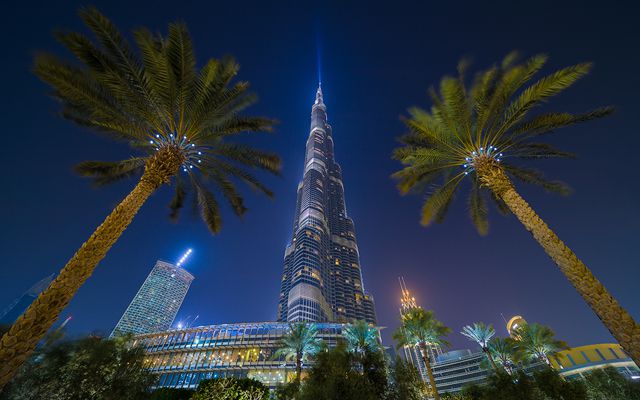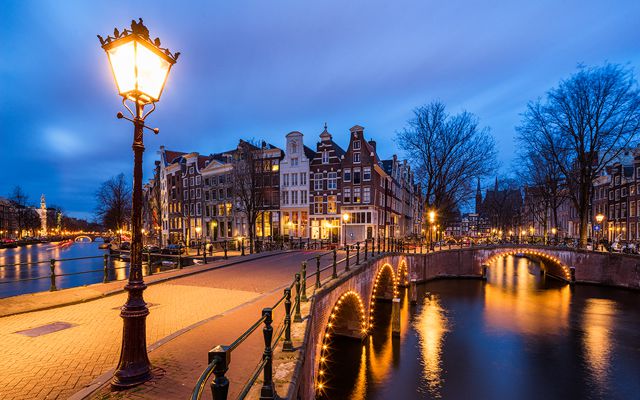Topaz Labs
So after doing my first impressions article on the Topaz JPEG to RAW AI application two days ago, I thought I have a look at the second AI powered program from Topaz labs. The Topaz A.I. Gigapixel.
Topaz A.I. Gigapixel
You can guess what it does based on the name, but if you did not, it is to resize your photos into much bigger ones. Again, as with the JPEG to RAW AI, the interface is very simple. You just load the image, set the scale, noise reduction and output format. Then it takes few minutes to create your result (of course based on the size of the photo, size of the result and the power of your PC). Converting a 36Mpix JPG into a 1Gigapixel took around 5 minutes for me.
Result examples
Since there is not much to talk about workflow, let’s directly look at some result examples. In all cases, on the left is a version resized to the same size using the automatic resample in Photoshop. On the right is the Topaz A.I. Gigapixel result. All the examples are quite big, as the difference is better visible then.
So first, just to illustrate the difference in size, here is a 100% zoom on a 36Mpix photo, and a 100% zoom after it was resized to 1 Gigapixel. The scale was set to 6x for this one, and yes, the difference is huge.
Now let’s see the detail comparison. Here is a 22Mpix (19Mb JPG) photo from Dubai.
After the 6x resize, it became a 684Mpix photo (551Mb JPG). So let’s zoom into the area in the center. First, this is a 50% zoom.
And here is a 100% zoom to the same spot. You can see, the A.I. Gigapixel result has much more clarity. The machine learning algorithm really selects out the edges, and ads detail when it finds them. So the result is much more detailed, even if fully zoomed in you can see some edge artifacts.
Let’s look at another photo from Bratislava. This was a 36Mpix photo (27Mb JPG) resized with the 6x scale to 1Gigapixel (783Mb JPG). Again, first, here is a 50% zoom.
And here is a 100% zoom. As you can see, A.I. Gigapixel did really nice work here, with cleaning up the sky, and defining the church outline. It’s a bit worse on the trees, but there of course it has less to work with.
Overall, it did quite a good job. If I would need to print something much bigger than it is, I would used this. The clarity it gives to the photo looks better than a straight up upscaled image.
There is a 30 day trial available on the Topaz labs website, so you can get it now and give a try.


























